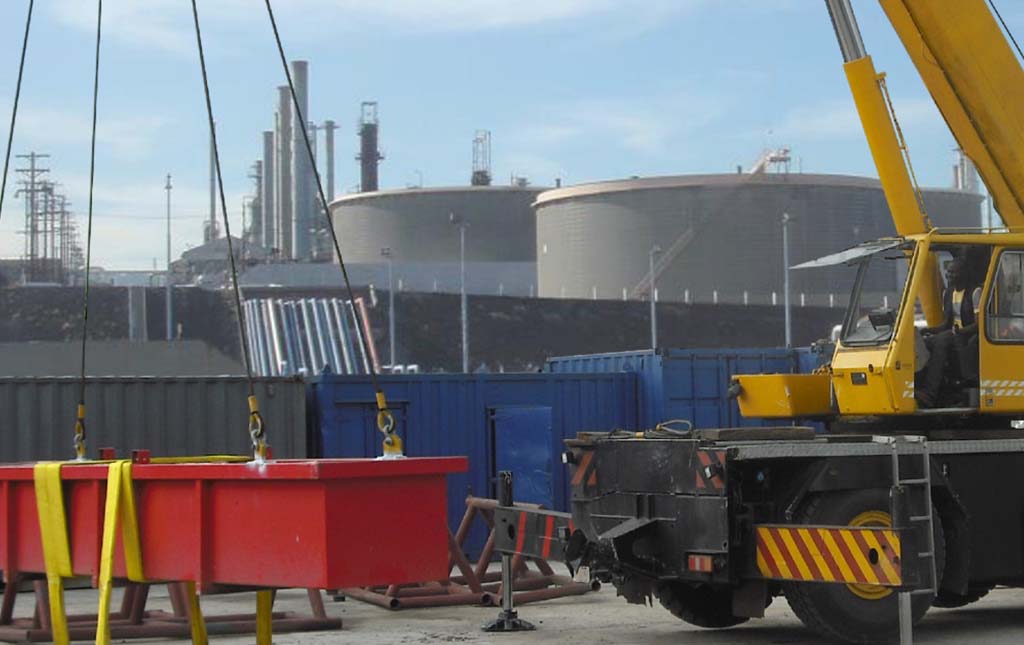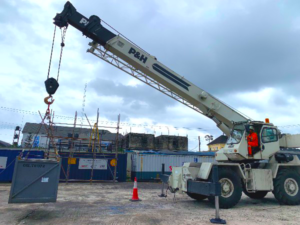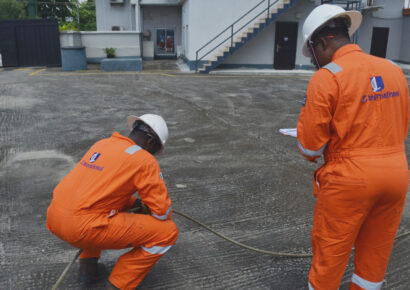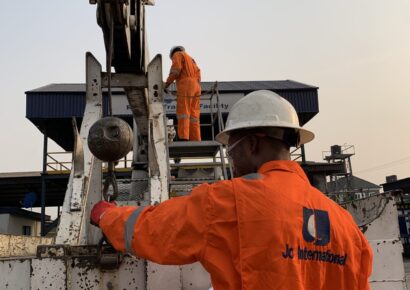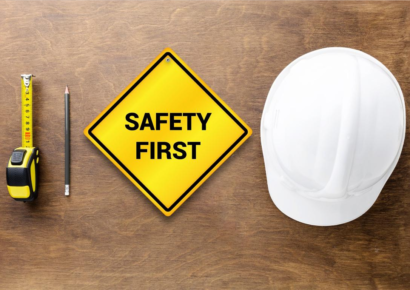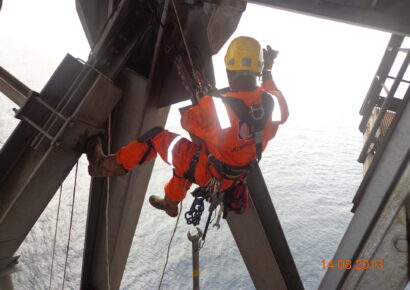Course Overview
Course Details
This Management of Lifting and Slinging course is designed for all supervisors and managers of lifting operations to be equipped with lift planning, risk assessment, and method statement skills. The details are to include crane selection, crane location, lifting auxiliary equipment, lifting and placing of the load, and all relevant safety precautions.
Course Objective
At the end of this Management of Lifting & Slinging training, participants shall know of:
- Legislation, regulations, and standards governing the lifting equipment
- The principles for the selection of lifting equipment
- Slinging methods
- Force Influences and Rating Methods
- How to do Load Estimation
- Different types of slings
- How to select appropriate Personal Protective Equipment
- The correct crane signals in accordance with BS 7121
- Different types of lifting accessories
Course Outline
Management of Lifting & Slinging Course Outline
- Legislation
- Health & Safety at Work Summary
- Lifting Equipment Definitions & Terminology
- LOLER ‘98
- Requirements for an Inspection
- Marking, Storage & Certification
- Design of slings
- Different types of slings
- Calculate the forces in slings
- Uniform Load Method
- Trigonometric Load Method
- Calculating load weight(s)
- Textile Materials & Slings
- Chain Slings & Steel Wire Rope Slings
- Sling Configurations
- Advantages/Disadvantages of different Sling types
- Selection of PPE
- Correct Crane Signals
- Shackles, Eyebolts, Shortening Clutches & Hooks
- Rigging Screws
- Wire Rope Grips
- Correct Selection of Lifting Equipment
- Safe Lifting Operation
- Practical workshop
- Written Examination
Candidates are assessed both theoretically and practically in the course of the training against the requisite course objectives.


